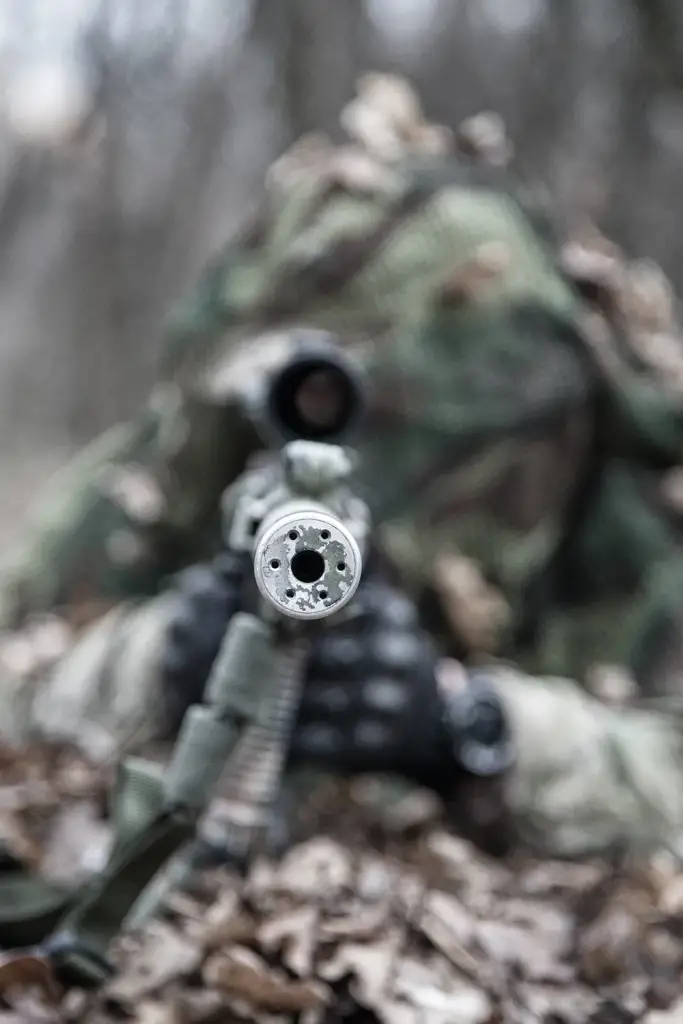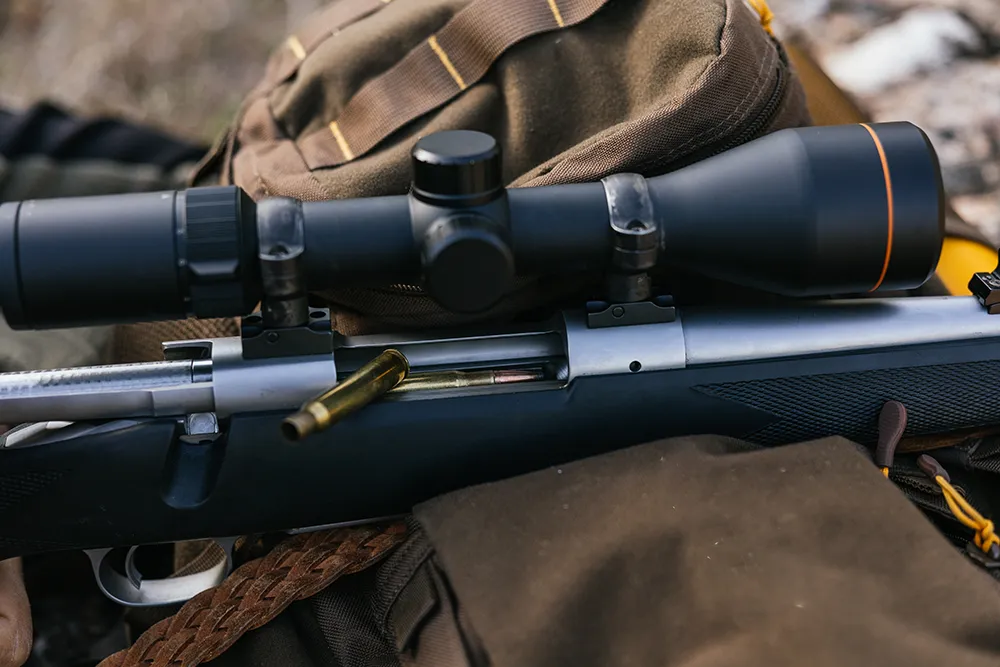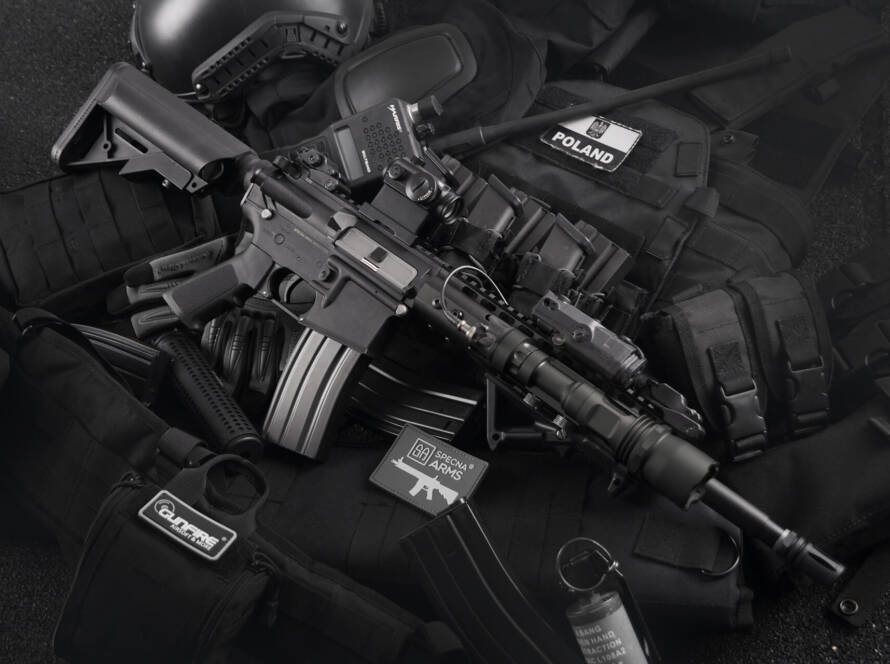1. 14.5 mm Ammunition Logistics
The 14.5 mm sniper and anti-materiel rounds place a unique strain on any supply chain thanks to their sheer size, weight and chamber pressure. A single cartridge tips the scales at roughly 200 g and stretches to around 30 cm in overall length; ship a few hundred and your storage footprint fills up fast. Their high-pressure propellant load, brass case and hardened steel penetrator make heavy-caliber ammunition safety an absolute priority. Improper palletizing, out-of-spec humidity or shock-wave exposure can boost internal pressures and trigger catastrophic failure—risks that must be driven to near-zero across the anti-materiel supply chain.
Key Points
- Bulk & Mass: ≈ 1 000 kg per full pallet
- High Pressure: ≈ 360 MPa chamber pressure—temperature swings matter
- Metal Fatigue Risk: Different thermal expansion of brass case vs. steel core
- Transport Vibration: Propellant granule separation if left unchecked


2. Storage Standards & Environmental Conditions
For long-term 14.5 mm ammunition storage, the goal is to protect propellant stability and prevent case oxidation. Magazines are built to UN 0328 / Class 1.1 A specs with at least a 45 m explosion-isolation radius. Keep the interior climate +15 °C – +25 °C and relative humidity 40 % – 55 %. Automated ventilation fitted with HEPA filters removes solvent vapors, while FM-200 gas suppression tackles any electrical flash fire instantly.
Checklist
- Temperature: +15 °C – +25 °C
- Humidity: 40 % – 55 % RH
- Floor Resistance: 10^7 Ω antistatic epoxy coating
- Racking: Galvanized steel, 1 500 kg load per shelf
- Fire System: FM-200 + bonded lightning protection
- Safety Distance: 45 m (per TEA guidelines)
3. Transport Protocols & Legal Framework
The 14.5 mm transport protocol follows ADR (road) and IMDG (sea) rules. Each fiber-over-metal case holds 40 cartridges and must stay below 35 kg. Inside a shock-isolated ISO container, foam panels damp road vibration so propellant granules stay homogeneous. At customs, NATO NSNs and batch numbers appear on the e-manifest; heavy-caliber ammunition safety requires inspectors to verify temperature-humidity datalogger records before breaking the container seal.
Transport Facts
- ADR Class: 1.1 A, UN 0328
- Package Code: 4C1 (wood crate with metal liner)
- Transit Temp Limit: 35 °C (active cooling if > 6 h)
- Docs: MSDS + NATO G-ID + IMDG fiche
- TREM Card: Bilingual (Turkish / English) in cab
4. Field Resupply Processes
Forward-base or firing-line resupply follows a strict just-in-time model, as high cyclic rates can drain stock quickly. Pallets are moved with shock-absorbing mini-loaders, not forklifts, to cut impact energy. Modular cassette boxes let sniper teams refill heavy-rifle mags in the mud and rain in minutes, keeping continuous pressure on target.
Palletizing & Coding
Pallets are block-stowed crosswise to prevent tipping. Each crate carries a laser-etched QR/RFID tag tied to the SAP-ERP system, giving real-time visibility into 14.5 mm ammunition logistics.
Rapid Reload Techniques
A “loading bench” near the firing pit uses spring-guided cartridge rails so a 10-round belt fills a magazine fast. Trained crews cut a single mag change from 40 s to 18 s, tightening the window for enemy return fire—vital in anti-materiel “shoot-and-scoot” missions.

5. Digital Tracking & Inventory Management
IoT sensors log temperature, humidity and shock data every 15 minutes. Readings beam over LTE to the ArrowDefence cloud, syncing with a SAP-based Ammunition Chain Management Module. If temperature tops 30 °C or shock hits 10 g, the system shoots instant SMS/email alerts.
Digital Perks
- 18 % faster stock rotation
- 22 % fewer safety incidents
- +6 months maintenance-cycle accuracy
- 30 % shorter customs clearance times
6. ArrowDefence Solutions & Recommendations
ArrowDefence delivers end-to-end services across the 14.5 mm heavy-caliber ammunition chain—from design to the firing line. We build digital warehouse simulations, ADR-compliant transport containers and rapid-reload field kits.
Tip: Calibrate your dataloggers every 90 days, and fit active cooling panels when container temps near 28 °C.


